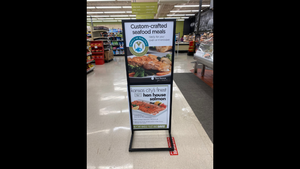Sponsored By
News
Cannabis-infused drink
Consumer Trends
Cannabis-infused gummies, drinks, and candy now available on DoorDashCannabis-infused gummies, drinks, and candy now available on DoorDash
The last-mile delivery service says safeguards in place to prevent minors from ordering
Stay up-to-date on the latest food retail news and trends
Subscribe to free eNewsletters from Supermarket News














































